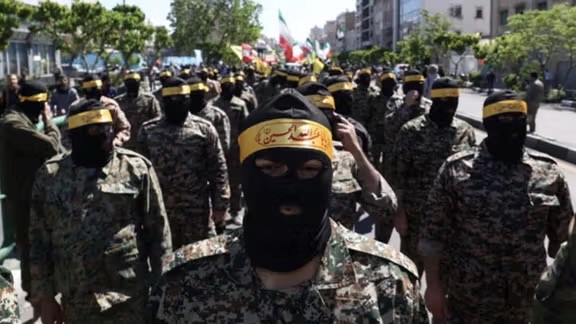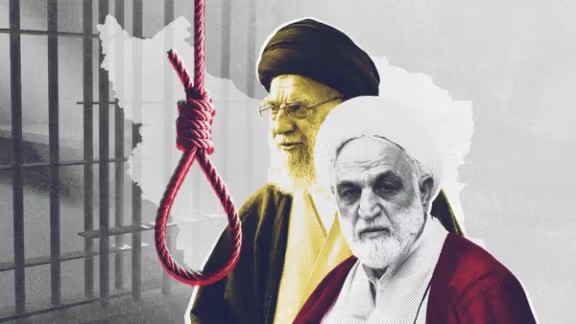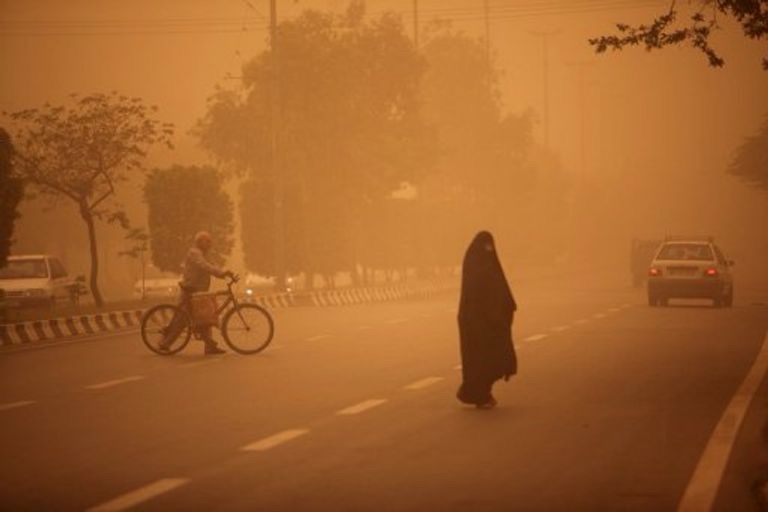
On International Workers’ Day, Iranian cities, including the capital, witnessed protests led by teachers and workers, amid a heavy security clampdown. Demonstrations organized by the Coordinating Council of Iranian Teachers’ Trade Associations were met with violence by security forces, particularly outside the Ministry of Education in Tehran.
According to the council, the authorities forcibly dispersed the protest, beating participants and arresting several demonstrators. “The atmosphere was so oppressive that even taking photos was forbidden,” the council said in a statement. “Teachers were beaten and forced to leave.”
Reports of similar gatherings and suppression surfaced from other cities across the country. While no official comment was provided by the authorities, eyewitnesses and activists noted the widespread deployment of plainclothes and uniformed security forces to block any form of organized dissent.
These protests are the latest in a series of labor and teacher demonstrations in Iran, which continue despite constant threats, detentions, and the regime’s refusal to address core grievances—especially in economically devastated regions such as Ahwaz.
As workers protested deteriorating living standards, government officials attempted to calm public discontent. Fatemeh Mohajerani, government spokesperson, acknowledged the severe economic hardship, admitting that two-thirds of the population now live below the poverty line. She cited the rising cost of living, including food and housing, which has far outpaced any wage increases.
Although the Supreme Labor Council approved a 45% increase in the minimum wage at the start of the new Iranian year (March 21), inflation, officially at 45% but believed to be even higher in practice, has already erased much of the wage gain. Today, the monthly minimum wage in Iran stands at just 100 million rials—around $125.
Mohajerani attempted to reassure workers by promising continued healthcare coverage for 75 days after insurance cancellation, expanding subsidies for vulnerable populations like pregnant women, and promising housing support near industrial zones. She also acknowledged ongoing delays in organizing public employment contracts, citing bureaucratic and legal constraints.
However, many labor experts argue that such announcements fail to address the root problems. Alireza Heidari, a labor economist, emphasized that inflation remains the number one threat to workers’ livelihoods. “The vast majority of wage earners are in the lowest economic deciles, and they’ve taken the hardest hits,” he told ILNA.
He warned that the new wage increases would likely be neutralized by further inflation. “If prices rise again—especially with the dollar recently nearing 1,000,000 rials—the 45% wage hike will mean nothing in real terms.”
Heidari further stressed that Iran’s inflation problem is not just the result of sanctions or international politics but stems from structural mismanagement. “Unless the government implements serious economic reform and curbs its own financial chaos, things will only get worse.”
For workers across the country, particularly in underrepresented regions like Ahwaz, Labor Day is no longer a celebration—it’s a painful reminder of lost wages, empty promises, and state violence. The regime’s response? Arrests, batons, and silence.



